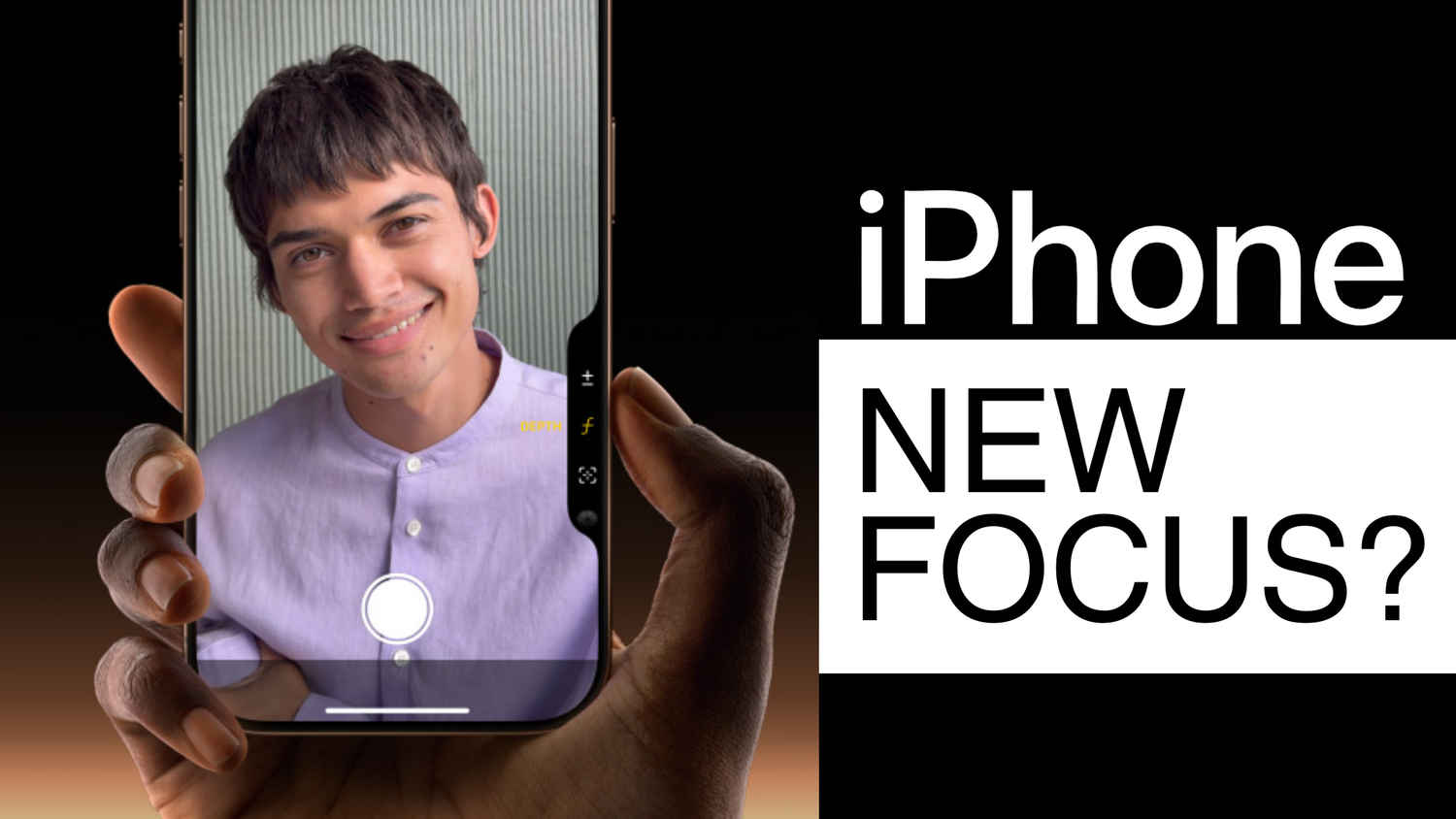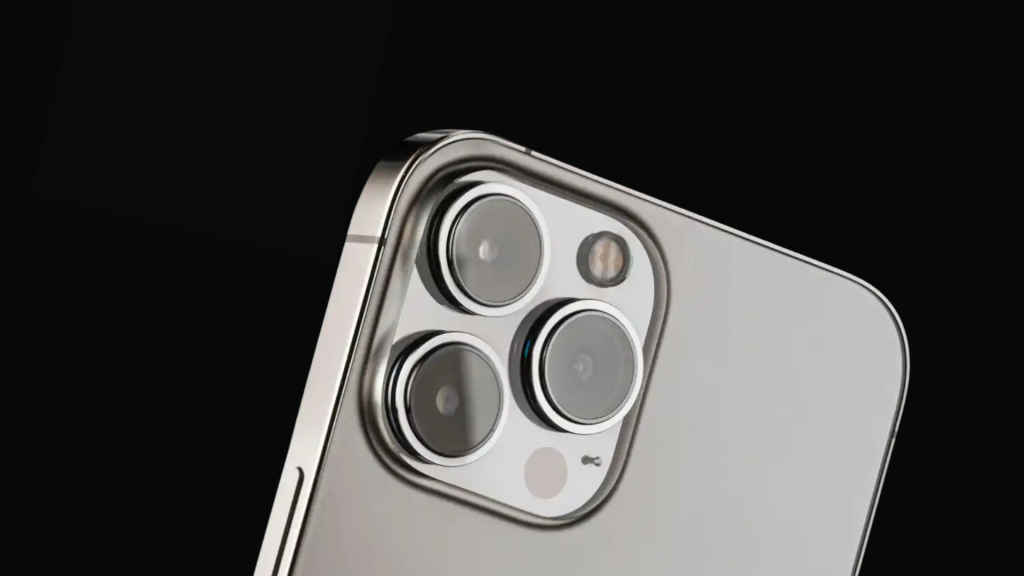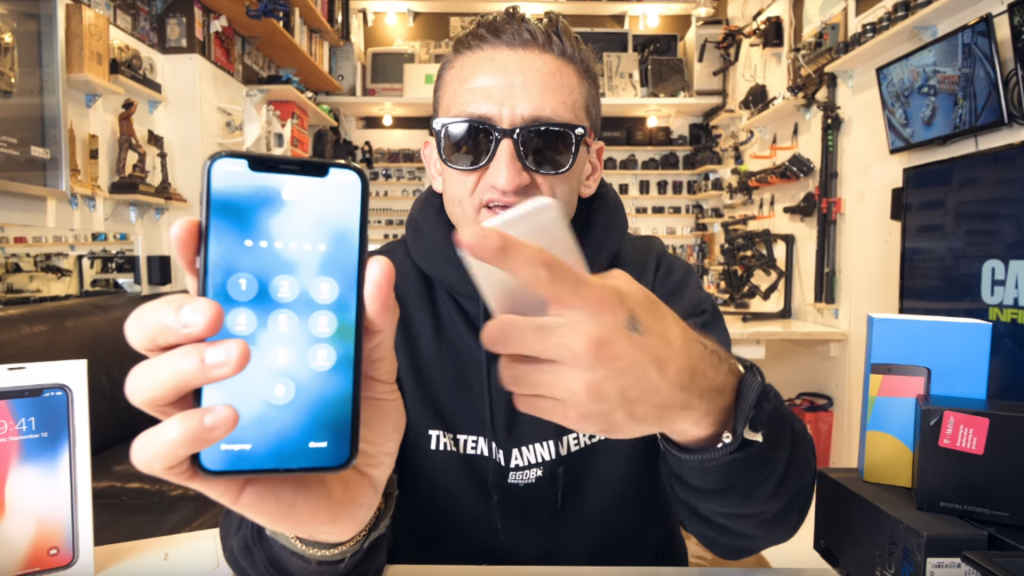With iPhone 16’s camera button, is Apple betting iPhone’s future on photography alone?

It is no secret that Apple has been developing the iPhone’s cameras over the years, trying to capture the market that demands that their phones be an all-in-one solution for content creation needs. With the launch of the iPhone 16 series, Apple has added a host of new features to their phones, with the Camera Button being the primary focus of the brand and consumers who have been opining on the internet. Unlike some other features that are reserved for their Pro devices, Apple has added the camera button to all of their devices that were launched this year. This, coupled with the increased focus on camera technology in their presentation of both the regular and the Pro phones, begs the question – Is Apple betting its future on photography alone, or does the move signify something more?
 Survey
SurveyApple going all in on iPhone camera?
One of the main reasons that can be attributed to Apple’s increased focus on camera technology on their smartphones points in the direction of ease of upgrades. This is not just an Apple thing; it is being noticed across the board in the smartphone space. Developing a new processor for a phone with incremental changes in the performance of the phone that a lot of regular folks won’t even notice does not help a brand sell more devices from the get-go and create extensive campaigns about the development that would draw the attention of the masses.

By simply adding in a new computational photography feature, any brand can get at least five talking points in their presentation, which might as well happen after the launch of the phone. It plays a big role in refreshing the phone’s presence in the minds of people who might not have paid a lot of attention to the device at the time of launch.
Take, for example, the iPhone 7, which was the first phone in the iPhone lineup to have a multi-camera system baked into it. The new camera system drew a lot of eyeballs to the phone. After that phone, Apple did not really introduce massive upgrades to the hardware of their device until a couple of generations later, and in the meanwhile, worked on improving the camera software by adding new features. This has been a trend at Apple. Doing this not only adds to their marketing materials but also improves the experience for the users of older hardware and ensures that the software is ready when the new hardware hits the shelves.

The second major reason that can be attributed to Apple’s increased focus on the camera module of the iPhones, positioning them to be great photography and videography tools, is the rise in popularity of social media. The exponential growth in the number of people working with smartphones as their primary content creation tools is on the rise, and they want a powerful device in their pockets that not only shoots well but also is a great tool to aid with the post-production of the created content.
There is statistical evidence to support the increased use of smartphones as primary cameras. According to a report published on Statista, smartphone photography has seen a massive surge, with 1.4 trillion photos taken globally in 2021, and 90% of them captured using smartphones. Professionals and content creators are increasingly favouring smartphones over traditional cameras. The compact form factor, combined with impressive hardware and software capabilities, allows creators to shoot, edit, and share content instantly.
If Apple’s last couple of presentations are anything to go by, then iPhones have been integrated into a lot of professional workflows as well. In the iPhone 16 Pro presentation, Apple dedicated a chunk of the portion of the presentation to showcasing the use of the iPhone without any paraphernalia to shoot the music video for one of the most popular music producers today, The Weeknd.Creators like Casey Neistat have also endorsed the iPhone as an integral part of their video creation workflows. Neistat has long championed the iPhone as a serious filmmaking tool, often using it to shoot his highly popular VLOGs. He even designed a course dedicated to teaching others how to maximise the iPhone’s video capabilities. This embrace by professionals like Neistat highlights how far iPhone cameras have come, evolving from handy tools for casual photos to legitimate filmmaking devices.

Also Read: Apple Intelligence will not sell iPhones in India: Here’s why
iPhone is for video creators
Now, the addition of the camera button upholds Apple’s commitment to pushing iPhones towards being primarily camera-centered devices. While they continue their push towards making iPhones more powerful than ever in terms of their raw processing power, as proven in their year-on-year performance in our Zero1 Awards, the increased focus towards their camera capabilities shows that Apple has its sights set on pushing iPhones towards the ultimate productivity and content creation tool.
Earlier in the year, they announced the Final Cut Camera, which adds to the overall production experience of the iPhone with other features complementing this addition. This hardware change, with the addition of the camera button, shows that Apple is looking at a horizon, beyond which is a future where iPhones sit at the top of the smartphone market.

With AI being the term that all consumer technology manufacturers are chasing, Apple already has a stronghold there with its Neural Engine. Apple’s Neural Engine already plays a crucial role in enhancing photos through computational photography. As AI continues to evolve, we can see even more intelligent adjustments that improve photo quality in real-time, automatically adjusting settings based on the environment, subject, and lighting conditions.
Our resident smartphone expert, Dhriti Datta, in her review of the iPhone 15 Plus, lauded its camera capabilities as she wrote – “The cameras are possibly one of the biggest upgrades on the vanilla iPhone 15s. The iPhone 15 Plus has finally ditched the 12-megapixel sensor and replaced it with a 48-megapixel shooter that snaps 24-megapixel shots by default. This means more information and data in the shots, making them more detailed. This doesn’t work in Low Light though. You also get improved dynamic range, finally addressing some of the less-than-ideal HDR abilities of the previous-gen models. There’s also a 2x sensor crop zoom which is pretty close to optical quality.”
Moreover, the inclusion of LiDAR in recent iPhone models shows Apple’s commitment to pushing the boundaries of what a smartphone camera can do. LiDAR’s use in improving autofocus, especially in low-light conditions, and enabling augmented reality (AR) experiences opens up exciting possibilities. As AR continues to grow, the role of LiDAR and other camera technologies could expand further.
Is photography iPhone’s new mantra?
As I mentioned earlier, the addition of the camera button on the iPhone 16 series may seem like a small change on the surface, but it reflects Apple’s broader strategy of placing a significant emphasis on photography. The iPhone has evolved into more than just a smartphone; it now looks set to be a legitimate tool for both amateur and professional photographers and filmmakers.
While Apple’s future isn’t solely tied to photography, the company’s relentless focus on improving camera technology suggests that the iPhone’s success will be closely linked to its ability to meet the growing demands of visual content creators. With the continued evolution of smartphone cameras, professional-level features, and the potential for future innovations like in-display cameras, Apple’s iPhone is well-positioned to remain a dominant force in the smartphone space with the increased potential for being the smartphone that others look up to.
Satvik Pandey
Satvik Pandey, is a self-professed Steve Jobs (not Apple) fanboy, a science & tech writer, and a sports addict. At Digit, he works as a Deputy Features Editor, and manages the daily functioning of the magazine. He also reviews audio-products (speakers, headphones, soundbars, etc.), smartwatches, projectors, and everything else that he can get his hands on. A media and communications graduate, Satvik is also an avid shutterbug, and when he's not working or gaming, he can be found fiddling with any camera he can get his hands on and helping produce videos – which means he spends an awful amount of time in our studio. His game of choice is Counter-Strike, and he's still attempting to turn pro. He can talk your ear off about the game, and we'd strongly advise you to steer clear of the topic unless you too are a CS junkie. View Full Profile